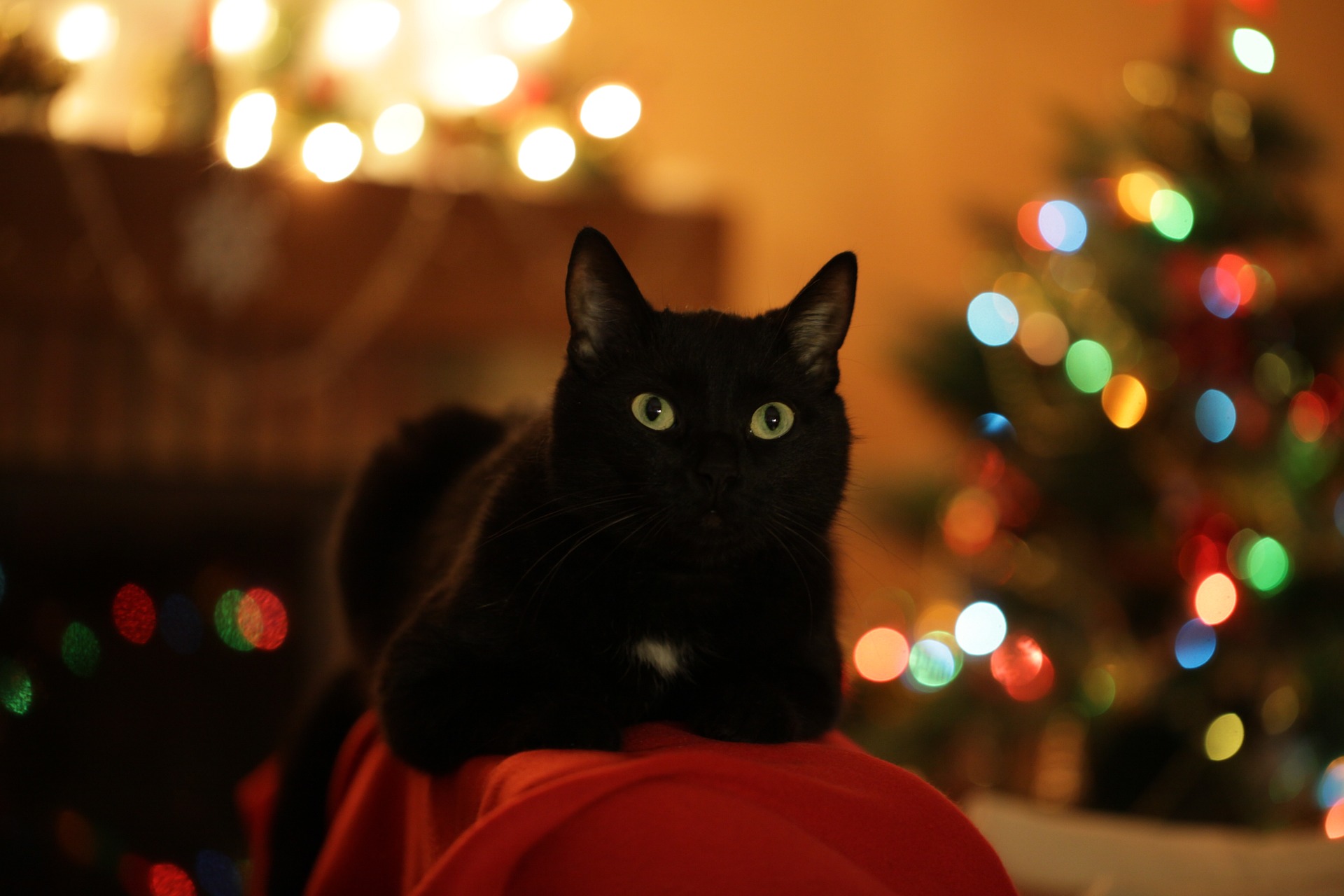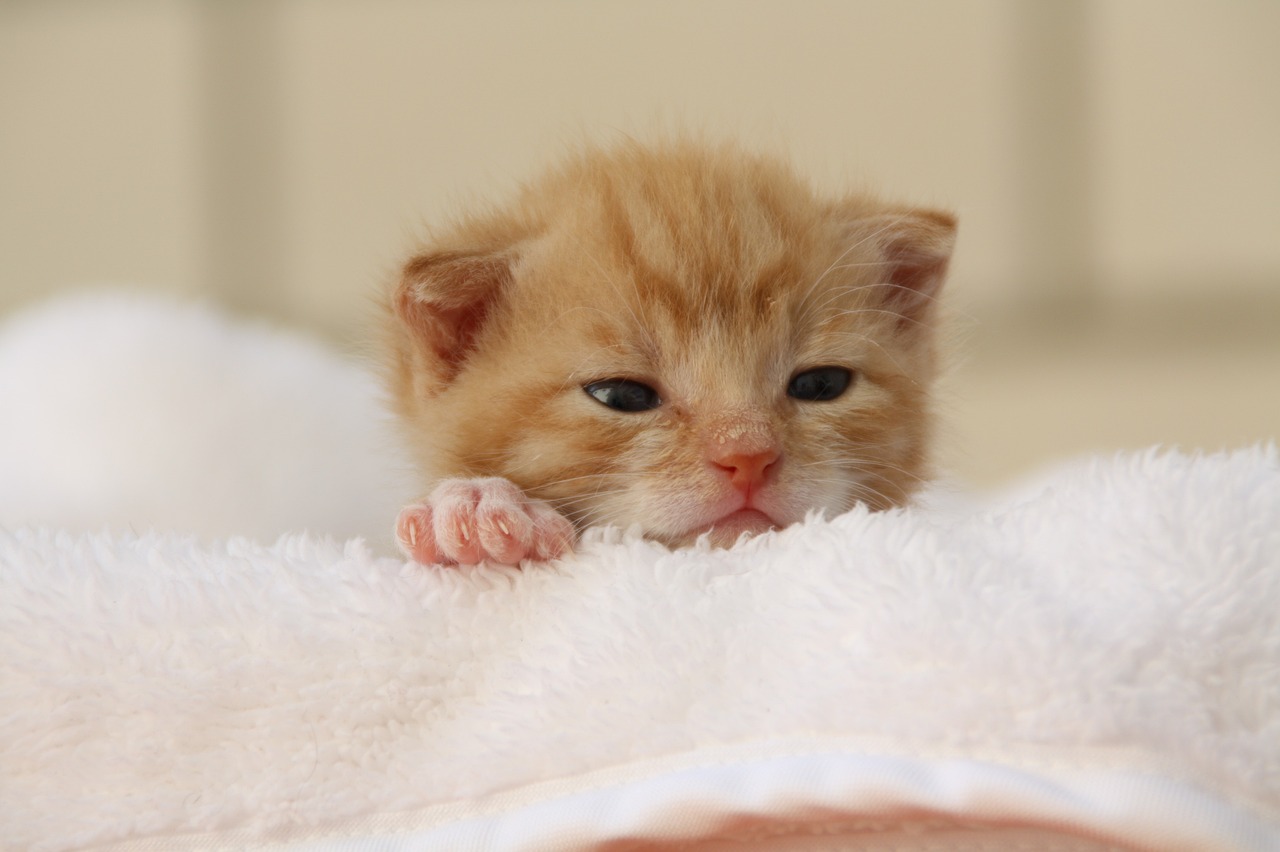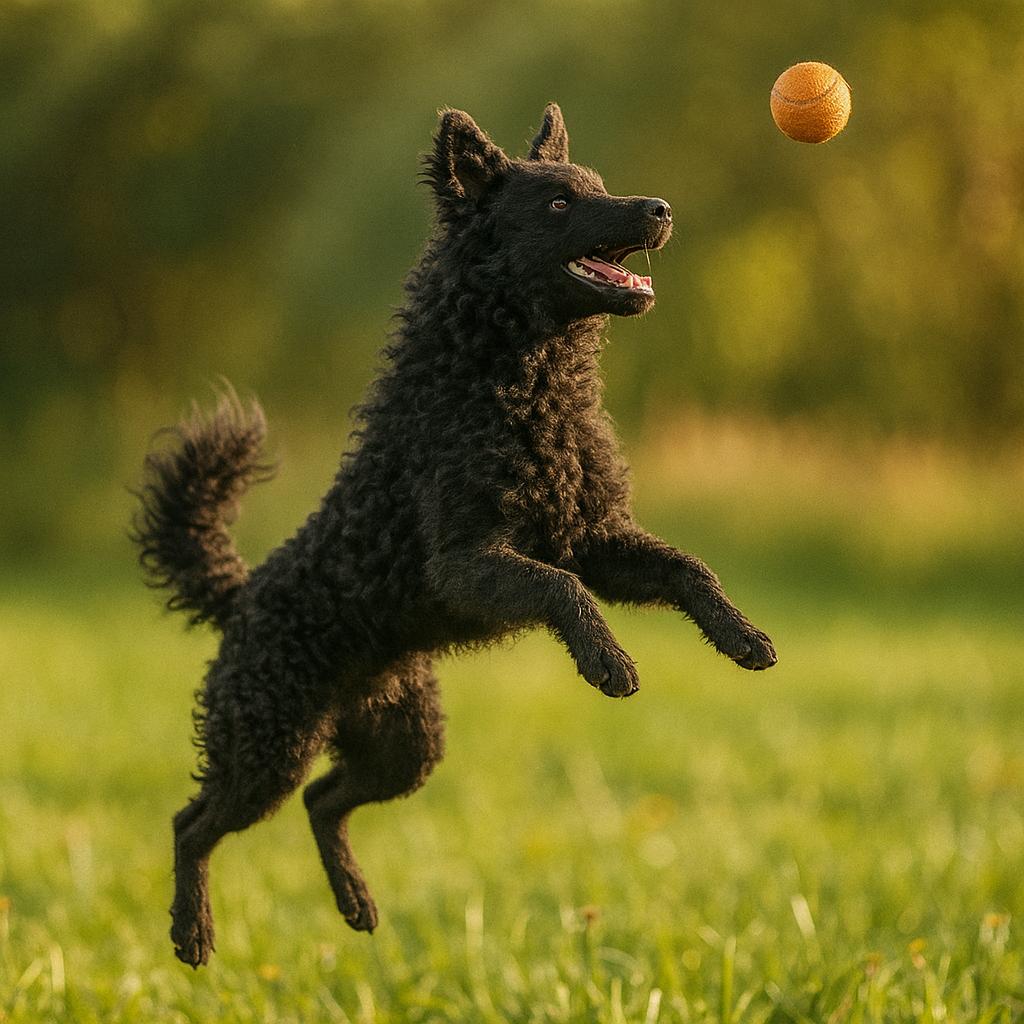
Mudi: The Versatile and Tireless Dog Breed
The Mudi dog breed originated in Hungary. It developed in Hungary over a century ago. The breed formed spontaneously, without any human influence, and has remained unchanged since then. It is known only to Hungarian shepherds and hunters and is virtually unknown in the rest of the world.
This dog is a tireless worker and has an innate propensity to protect livestock. When kept as a pet, it is an excellent companion dog, becoming attached to everyone and capable of defending the property and people it is emotionally attached to.
It was recognised as a breed by the FGI in 1966, when its breed standard was established.
Character of the Mudi dog breed
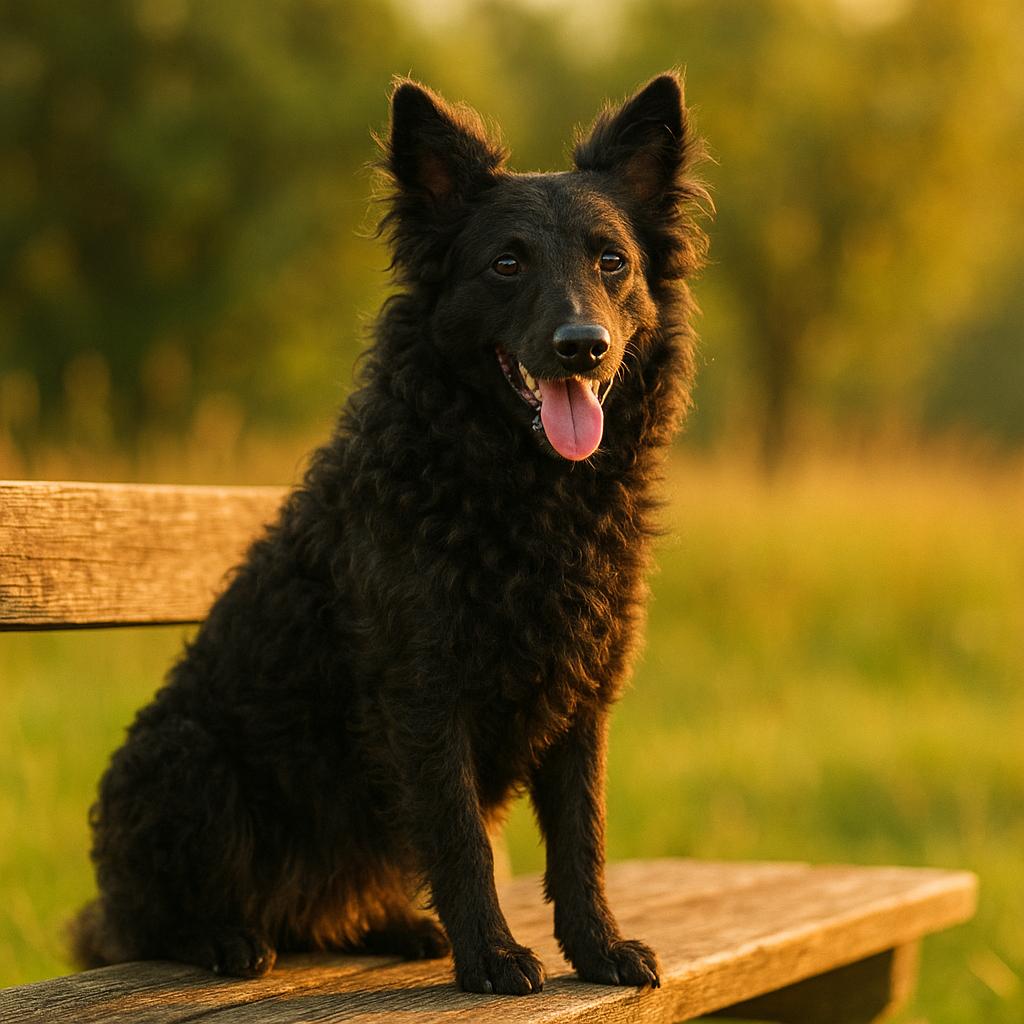
It is considered a brave and fearless dog, and it is thanks to its fierce and dominant appearance that it is able to command the necessary respect and get even the most difficult herds to go in the desired direction. Unlike other sheepdog breeds, the Mudi does not nip the animals, but merely commands them with its stern gaze and barking.
It is also very useful for hunting vermin that infest stables; it is very agile and is suitable for agility dog training, and is also perfect as a guard dog. It can live happily in an apartment because it becomes very attached to its family, but it is important that it is allowed to express its herding instinct and energy. It is a lively, alert and very active dog. It is not afraid of other animals, not even wild boar.
Appearance of the Mudi dog breed
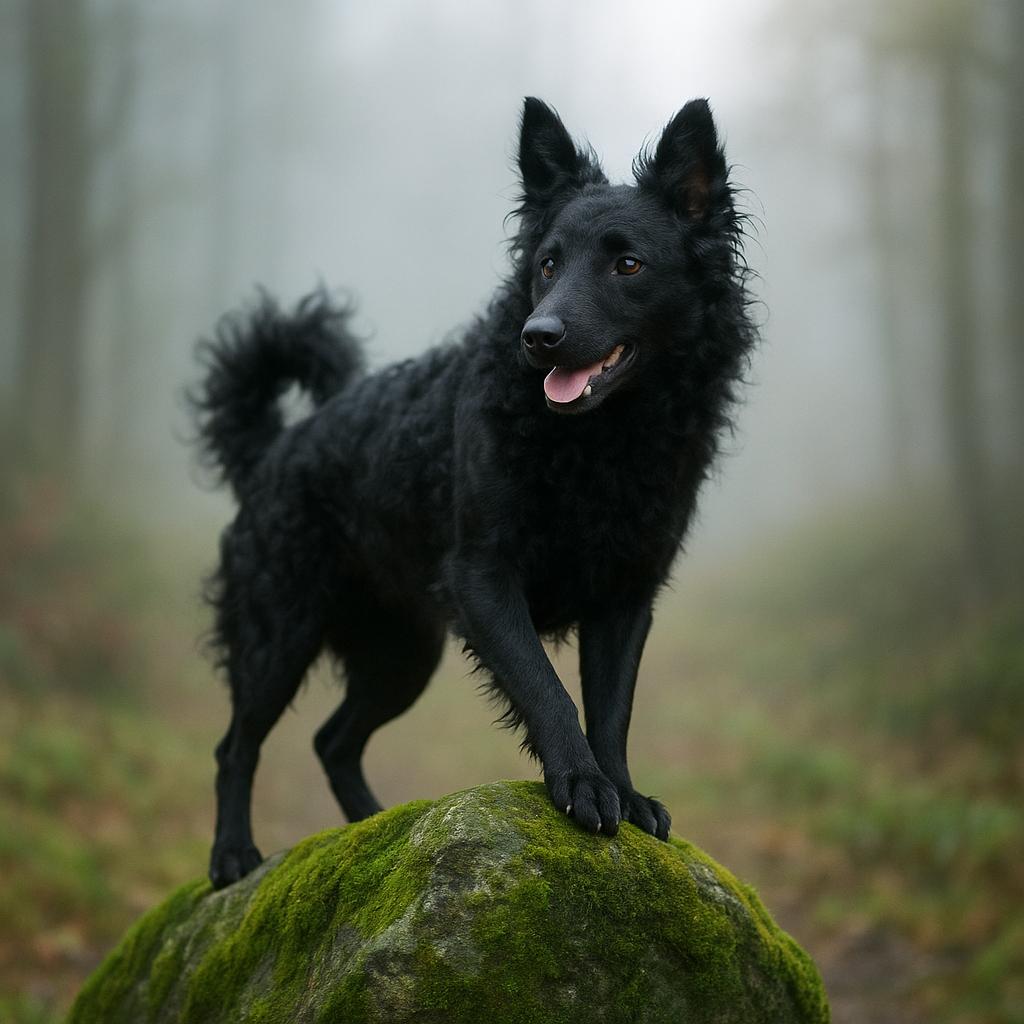
It has excellent musculature and good thrust; its legs are strong and straight, and its feet are well proportioned with good grip on the ground. The tail is set at medium height and is almost always carried low, regardless of the dog's mood.
The head and muzzle are elongated and narrow. Its muzzle is very similar to that of a Border Collie and ends with a black nose. The ears are shaped like an inverted V and are always carried erect. The eyes are slightly slanted and oval in shape, dark brown in colour.
Its coat is distinctive. It is almost smooth on the muzzle and legs, while on the rest of the body it is semi-long, up to 7 centimetres, wavy and soft, with a thick, curly undercoat. The most common colour is black, but they can also be found in white, or black streaked with white and vice versa. More rare colours include fawn, grey and blue merle.
Care and health of the Mudi dog breed
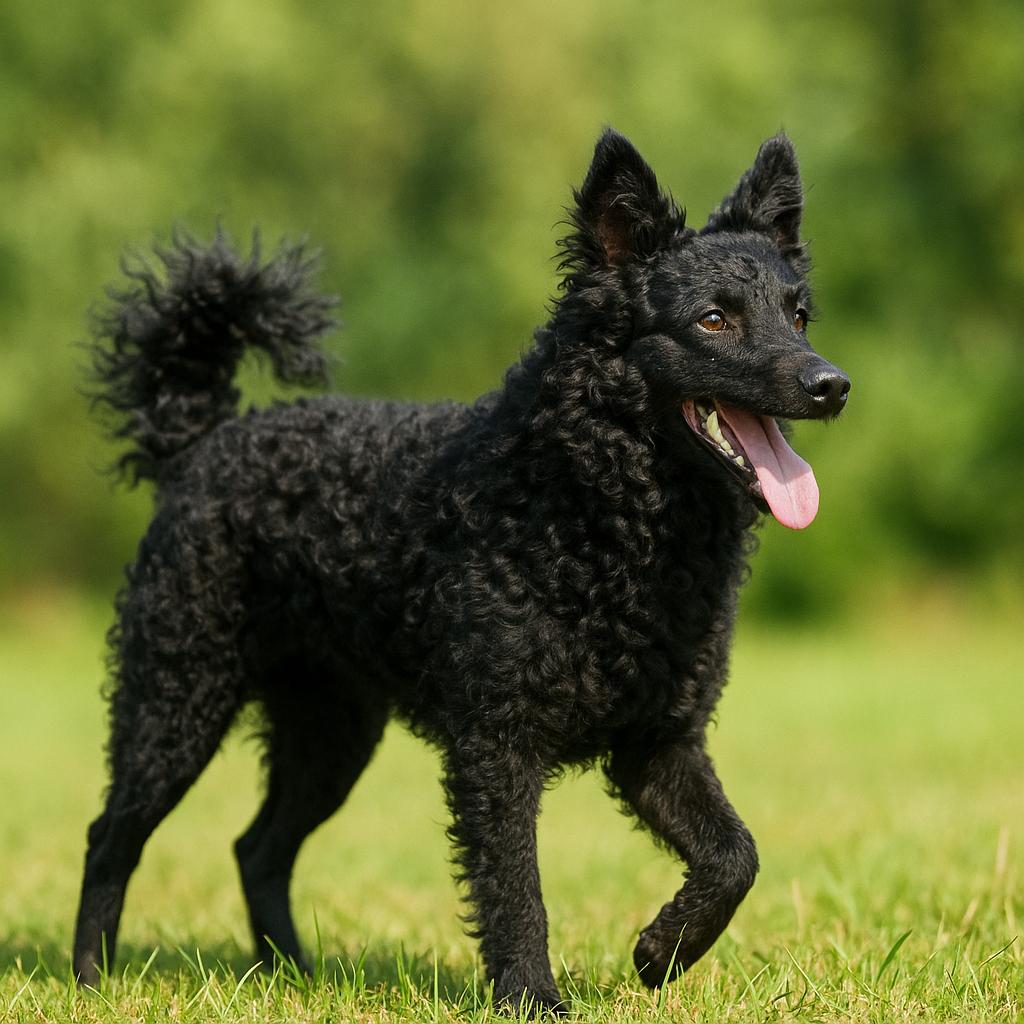
It is very robust and has a life expectancy of around 15 years. It is essential for this breed to get adequate physical and mental exercise, without which it can develop behavioural problems such as aggression or apathy. It tolerates high temperatures very well and is not particularly sensitive to the cold, but in winter it is advisable to provide shelter or the possibility of sleeping indoors.
If it gets enough exercise, it does not tend to become obese. There are no known diseases typical of the breed.
Grooming is easy as the coat does not tend to become matted. It is sufficient to brush it a couple of times a week to remove dead hair. Only during the moulting season should this be done daily, as it loses a large amount of hair.

